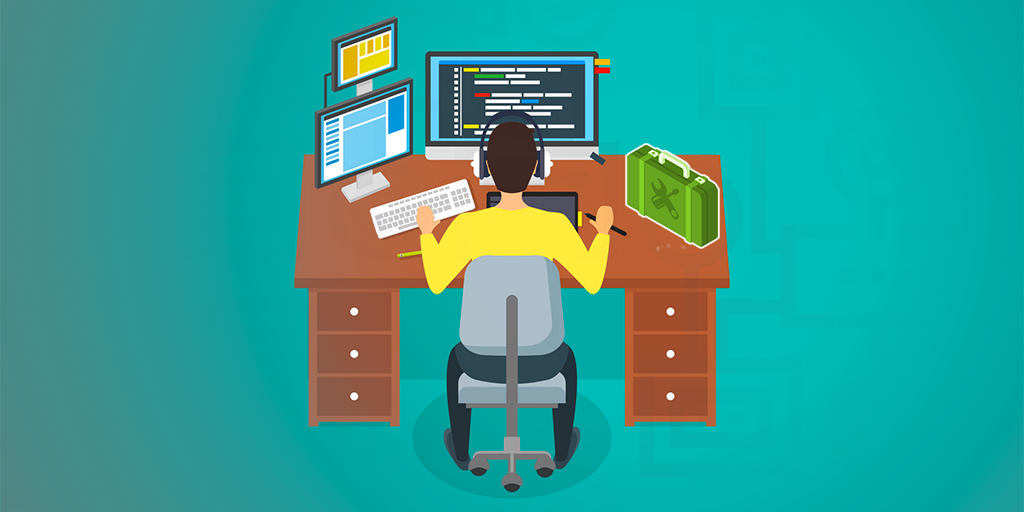Unveiling the Secrets of Ghosted Domains
Explore the intriguing world of expired domains and online opportunities.
Design Software That Makes You Look Like a Pro Without the Degree
Transform your designs with tools that make you a pro—no degree needed! Unleash creativity and impress effortlessly.
Top 5 User-Friendly Design Software for Beginners
For beginners venturing into the world of design, choosing the right software can significantly influence their learning curve and overall experience. The Top 5 User-Friendly Design Software for Beginners includes tools that are intuitive, feature-rich, and accessible, making them perfect for novices. These programs provide easy-to-navigate interfaces and helpful tutorials, allowing new users to grasp the concepts of design without feeling overwhelmed. Whether you’re interested in graphic design, web design, or video editing, these tools cater to various creative needs.
- Canva: This popular platform offers a versatile drag-and-drop interface, making it incredibly easy to create stunning graphics and presentations.
- Adobe Spark: With its simple tools for creating visuals across platforms, Adobe Spark is perfect for those looking to produce eye-catching content quickly.
- Figma: Ideal for UI/UX design, Figma combines powerful capabilities with an easy-to-use layout, making it accessible for beginners.
- Inkscape: A free vector graphic software with user-friendly features that are great for honing your design skills.
- Pixlr: This online photo editor offers a balance of advanced tools and a simple interface, allowing beginners to enhance their images effortlessly.

How to Create Stunning Visuals Without a Design Degree
Creating stunning visuals doesn't require a design degree; with the right tools and resources, anyone can produce eye-catching graphics. Start by exploring online design platforms like Canva or Adobe Spark, which provide pre-made templates and a user-friendly interface. These platforms allow you to customize your visuals with ease, and the drag-and-drop features help even beginners create professional-looking designs quickly. Don’t forget to utilize stock photo websites to find high-quality images that can enhance your visuals further.
Another essential tip is to focus on color theory and typography. Understanding basic color combinations can significantly impact the overall appeal of your visuals. Use resources like Adobe Color to experiment with different palettes. For typography, select fonts that are easy to read and pair well together. Remember, less is often more; avoid cluttering your designs. Finally, always ask for feedback on your visuals from friends or online communities to refine your skills and improve your future projects.
Can You Really Design Like a Pro Without Formal Training?
The question of whether you can design like a pro without formal training is increasingly relevant in today's digital world. Many successful designers are self-taught, leveraging online resources, tutorials, and community feedback to refine their skills. Designing effectively no longer requires a degree; rather, it demands creativity, practice, and a willingness to learn. The availability of tools such as Adobe Creative Suite, Canva, and various online design platforms has democratized access to professional-grade design capabilities. With dedication and persistent effort, anyone can acquire the foundational skills necessary to create visually appealing products.
However, aspiring designers should keep in mind that while it's possible to become proficient without formal training, there are advantages to understanding fundamental design principles. Concepts such as color theory, typography, and layout can greatly enhance the quality of your work. Engaging with design communities, attending workshops, or enrolling in online courses can offer valuable insights and accelerate your learning process. Ultimately, designing like a pro is not solely about training; it is about cultivating a keen eye, developing a unique style, and continuously evolving your craft through feedback and practice.